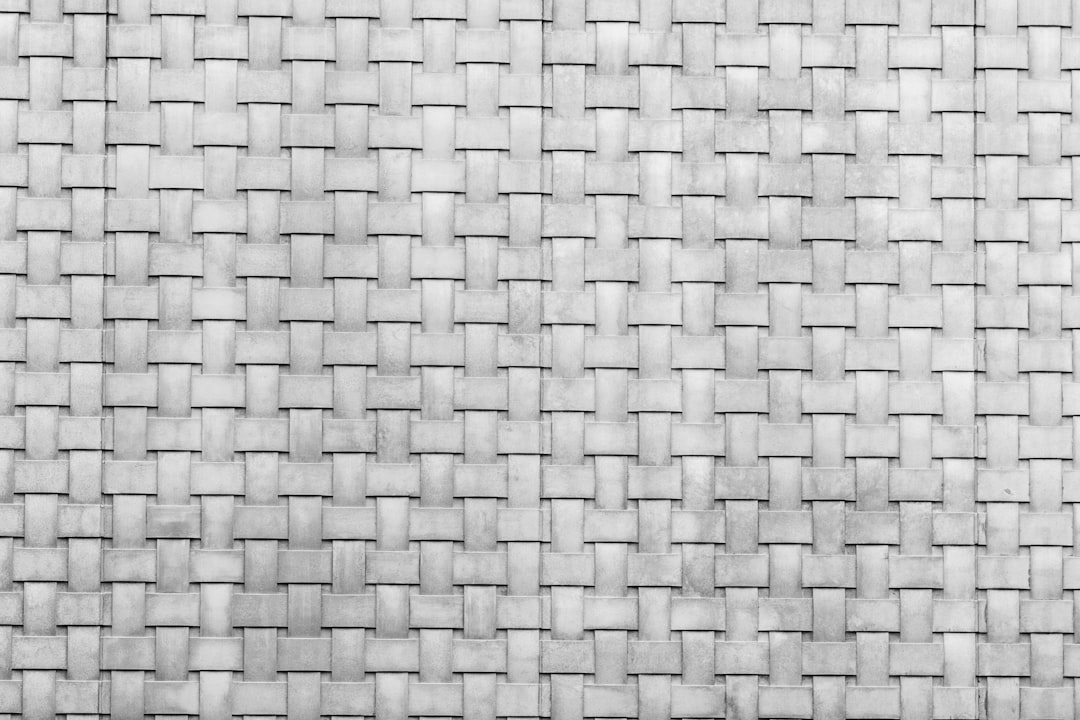What is it about?
The method of matched asymptotic expansions is used to investigate the problem of thermophoresis migration of an aerosol spherical particle immersed in a porous medium saturated by a viscous fluid at a small non-zero Peclet number Pe. A uniform temperature gradient is imposed on the system parallel to the diameter of the particle in the opposite direction of z axis. It is assumed that the Knudsen number is in the range of the slip fluid flow through the pores of the porous medium and is compatible with the assumption of the continuum model. The porous medium is modeled by the Brinkman equation and is assumed to be homogenous and isotropic, and the solid matrix is in thermal equilibrium with the fluid through the voids of the medium. In the analysis of motion, the thermal stress slip is considered in addition to the temperature jump, the thermal creep, and the frictional slip. The thermophoretic velocity of the particle is obtained in the closed form up to order Pe^3 as a function of the thermal properties of the system and the permeability of the porous medium. The present asymptotic analytical solutions can be viewed as an effective method for checking the numerical schemes for future work on arbitrary values of the Peclet number. The limiting case of the thermophoretic velocity for the Stokes clear fluid is recovered.
Featured Image

Photo by Timothy Dykes on Unsplash
Why is it important?
the porous medium through which thermophoresis phenomena proceed is commonly modeled as an effective Brinkman medium. The Brinkman equation includes an extra term representing the hydraulic drag force produced by the presence of the solid matrix within a porous medium in the Navier–Stokes equation. The Brinkman framework has been widely used to study high-porosity porous media such as fiberglass wool and polymer gel composites. However, most of the studies on fluid flow through porous media were carried out under isothermal conditions, and very little work seems to have been done on applications of the theory of thermophoresis to flow through porous media.
Perspectives
The aim of this article is to study the effect of heat convection on the thermophoresis motion of an aerosol particle embedded in a porous medium in the case when the Peclet number is of order 0.1. The relevant energy equation is presented for the porous medium with the Brinkman equation, which models the porous medium. The matched asymptotic expansion technique is used to solve the field equations of heat and velocity distributions. An approximate expression for the thermophoretic velocity up to O(Pe^2) is found for the entire range of permeability parameters that characterize the porous medium. The limiting cases of tokes and Darcy’s flows are recovered. It is important here to clarify that the current study pertains pecifically to aerosol particles. This clarification is because the thermophoretic motions of particles in fluids like water and air are quite different. In the case of thermophoresis in air, the motion of particles is influenced by the asymmetric impact from the hot and cold sides of the particle. However, the thermophoretic motion of particles in water is more complex and primarily determined by the interfacial flow.
M. Mahmoud Ismail
Alexandria University
Read the Original
This page is a summary of: Thermophoresis migration of an aerosol spherical particle embedded in a Brinkman medium at small non-zero Péclet numbers, Physics of Fluids, August 2023, American Institute of Physics,
DOI: 10.1063/5.0160402.
You can read the full text:
Resources
Contributors
The following have contributed to this page










